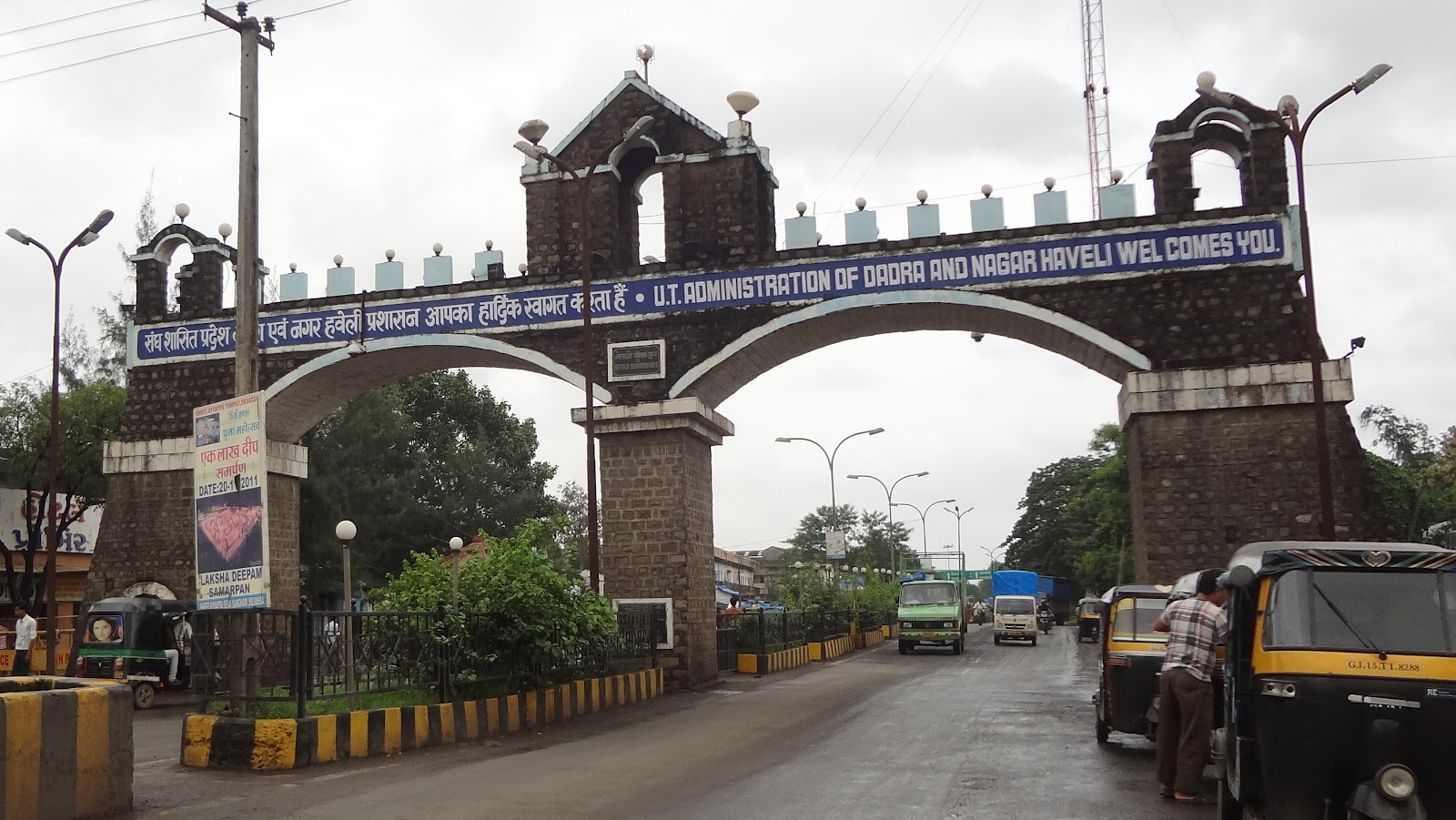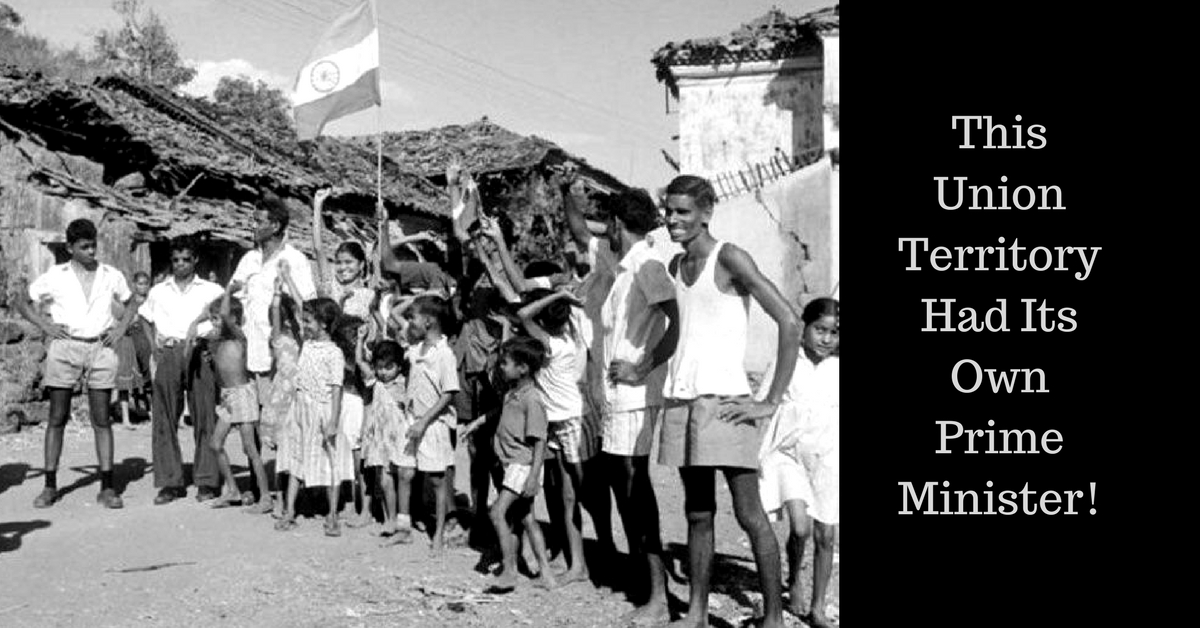Snuggled cozily between the state of Maharashtra and Gujarat, the tiny union territory of Dadra & Nagar Haveli sprawls across an area less than 500 sq. km. Dotted with thickly wooded forests, tranquil lakes and heritage buildings, it is a place of rare beauty.
However, few Indians know that Dadra and Nagar Haveli is also the custodian of a rare piece of Indian history — in 1961, for one whole day, it was headed by its own prime minister!
Here’s the interesting story behind this unique incident in Indian polity.

An important pargana (administrative unit) of the Maratha Empire, Dadra and Nagar Haveli came under the rule of Portugal in the late 18th century. In 1783, the Marathas had ceded Nagar Haveli to the Portuguese as compensation for Portuguese frigate Santana that had been destroyed by the Maratha navy.
Two years later, Dadra too was acquired by the Portuguese and transformed it into a kind of fief that supported their presence in the region. And in 1818, with the Marathas being finally defeated by the British in the Third Anglo-Maratha War, the Portuguese became the effective rulers of both these territories.
In the years that followed, Dadra & Nagar Haveli remained under the firm control of the Portuguese even as waves of anti-colonial sentiment and nationalist movements swept the nation.
On August 15, 1947, when India finally attained its hard-won independence from the British Raj, both Dadra and Nagar Haveli was still languishing under foreign rule along with Goa — the oldest Portuguese possession in India. The French gave up Pondicherry but Portugal continued to challenge India’s claim on these three pockets.
When even international opinion failed to convince the Portuguese Government to change its stand, nationalists in Goa sought to break away from Portugal. They began meeting, organising and strategising to fight for their freedom.
In fact, legendary playback singer Lata Mangeshkar also contributed to this struggle by performing at a concert in Pune to help the revolutionaries raise money to buy arms to free Goa, Dadra and Nagar Haveli from Portuguese rule.
And these dedicated efforts met their first successes with the seizure of Dadra on the night of July 21, 1954, and their capture of Nagar Haveli two weeks later. With the hoisting of the Indian flag and singing of the Indian national anthem, the liberation of Dadra and Nagar Haveli was complete.
Immediately after, a pro-Indian administration was formed (called the Varishta Panchayat of Free Dadra and Nagar Haveli) and it ruled the enclave till June 1, 1961, when the enclave formally requested accession to the Indian union — the incorporation of the two areas as a single union territory of India was yet to be made official.
With this aim in mind, the Indian government decided to send an emissary to take over the reins of the administration. And the man they selected for this job was Gujarat cadre IAS officer KG Badlani.
On Aug. 11, 1961, the exuberant assembly of Dadra & Nagar Haveli appointed Badlani as the Prime Minister of the de facto independent state. As the Head of State, he then signed an agreement with the Prime Minister of India, Jawaharlal Nehru, and formally merged Dadra and Nagar Haveli with the Republic of India.
This is the only instance in the history of independent India when such an event happened!
Months later, Goa too was liberated from Portuguese rule. In November 1961, the Portuguese have opened fire on Indian coastal steamers and fishing boats. A month later on December 17, India mounted a military, naval and air attack on Goa using overwhelming force.
Less than 48 hours, Manuel Antonio Vassalo e Silva (the Portuguese governor general of Goa) signed the “instrument of surrender”, handing over Goan territory to India more than four centuries after it was colonised.
Interestingly, the Portuguese were among the very first to colonise parts of India and were the last to leave.
Also Read: Why is Puducherry a Union Territory and Not Ladakh? Here Are Some Reasons
Like this story? Or have something to share? Write to us: contact@thebetterindia.com, or connect with us on Facebook and Twitter.
NEW: Click here to get positive news on WhatsApp!
If you found our stories insightful, informative, or even just enjoyable, we invite you to consider making a voluntary payment to support the work we do at The Better India. Your contribution helps us continue producing quality content that educates, inspires, and drives positive change.
Choose one of the payment options below for your contribution-
By paying for the stories you value, you directly contribute to sustaining our efforts focused on making a difference in the world. Together, let's ensure that impactful stories continue to be told and shared, enriching lives and communities alike.
Thank you for your support. Here are some frequently asked questions you might find helpful to know why you are contributing?

